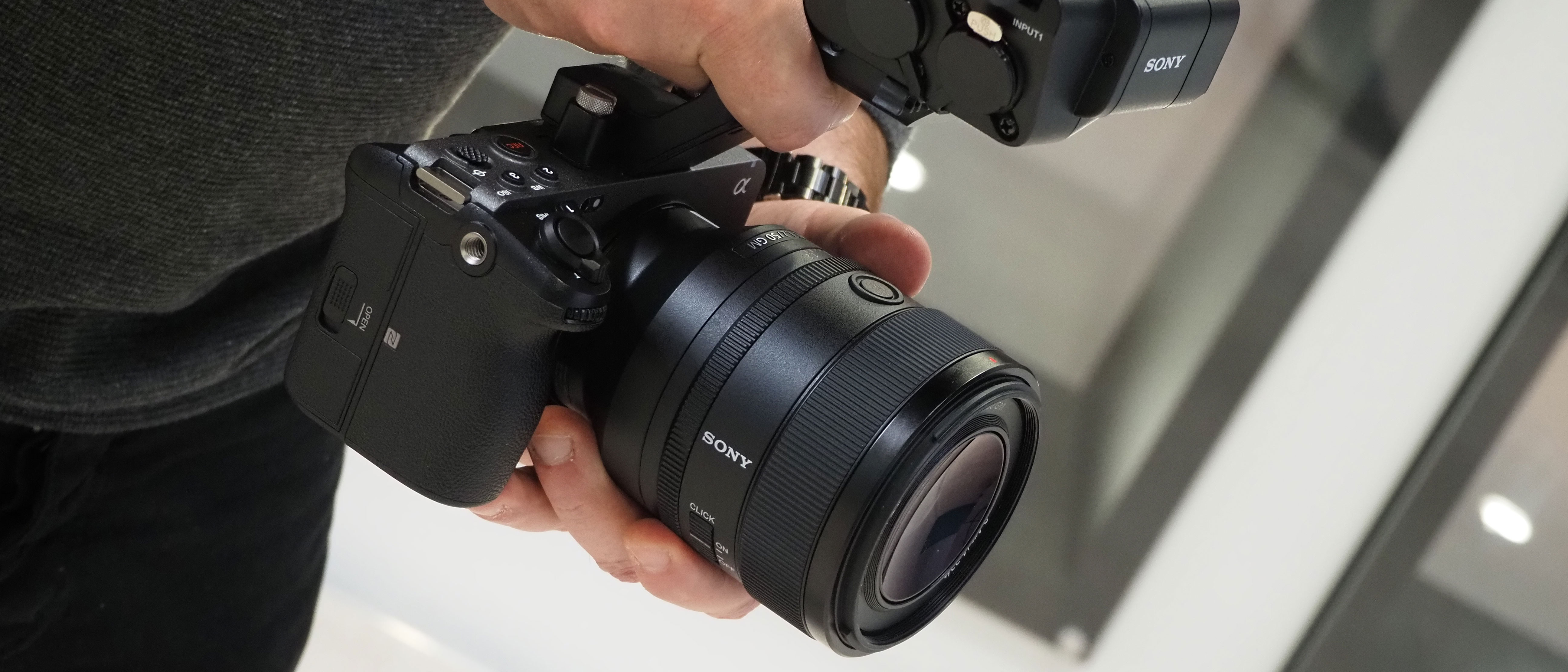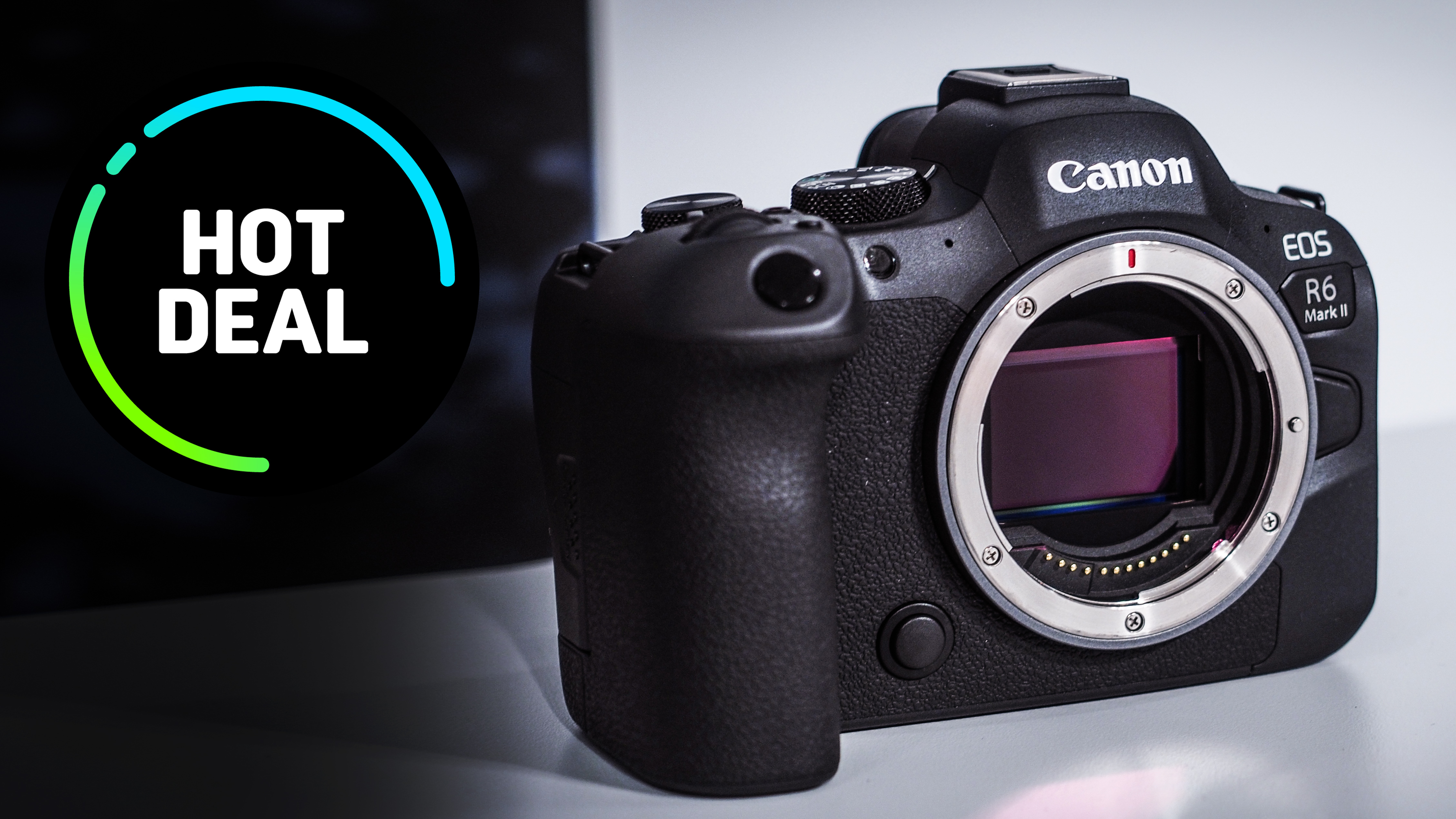Early Verdict
You could glance at the FX3 and take it for a slightly modified A7S III, but there’s a lot more to it than that. The active cooling, cinema-focused features, handle and XLR inputs make the FX3 a genuine bridge between mirrorless and cinema cameras. We could only hold it, not test it, but the cinema camera features and the known A7S III video quality make this a camera we can’t wait to try out properly.
Pros
- +
Handle and XLR inputs
- +
Vari-angle screen
- +
Unlimited 4K 60p recording
- +
Dual UHS-II/CFexpress A card slots
Cons
- -
No viewfinder
- -
Confusing crossover with A7S III
Why you can trust Digital Camera World
The Sony FX3 sits between the video-orientated Sony A7S III and the full-on FX6 and FX9 cinema cameras. You might not have thought there was a gap, but Sony clearly thought so, and the FX3 is a very interesting ‘bridge’ between mirrorless cameras that shoot video and full-on cinema cameras.
But how will you feel if you bought a Sony A7S III before the FX3 came out? The A7S III can shoot stills, but it’s primarily a video camera – and from that perspective, practically every video feature on the A7S III is trumped by the FX3, a camera that doesn’t even cost a whole lot more.
• Read more: Sony A7S III vs FX3 vs FX6
Specifications
Sensor: 35mm full frame (35.6 x 23.8 mm), Exmor R CMOS sensor
Resolution: 10.2MP (movies), 12.1MP (stills)
ISO range: 80-102400 (exp. 409600)
Video: 4K UHD up to 120p, FHD up to 240p
Cooling: Internal fan
Recording time limit: None (up to 4K 60p)
Memory: 2x SD UHS-II/CFexpress Type A
Viewfinder: No
LCD: 3-inch vari-angle touchscreen, 1.44m dots
Battery life: 580 shots
Dimensions: 129.7 x 77.8 x 84.5mm (without handle)
Weight: 715g body only with battery and memory card, 1,015g with handle
Key features
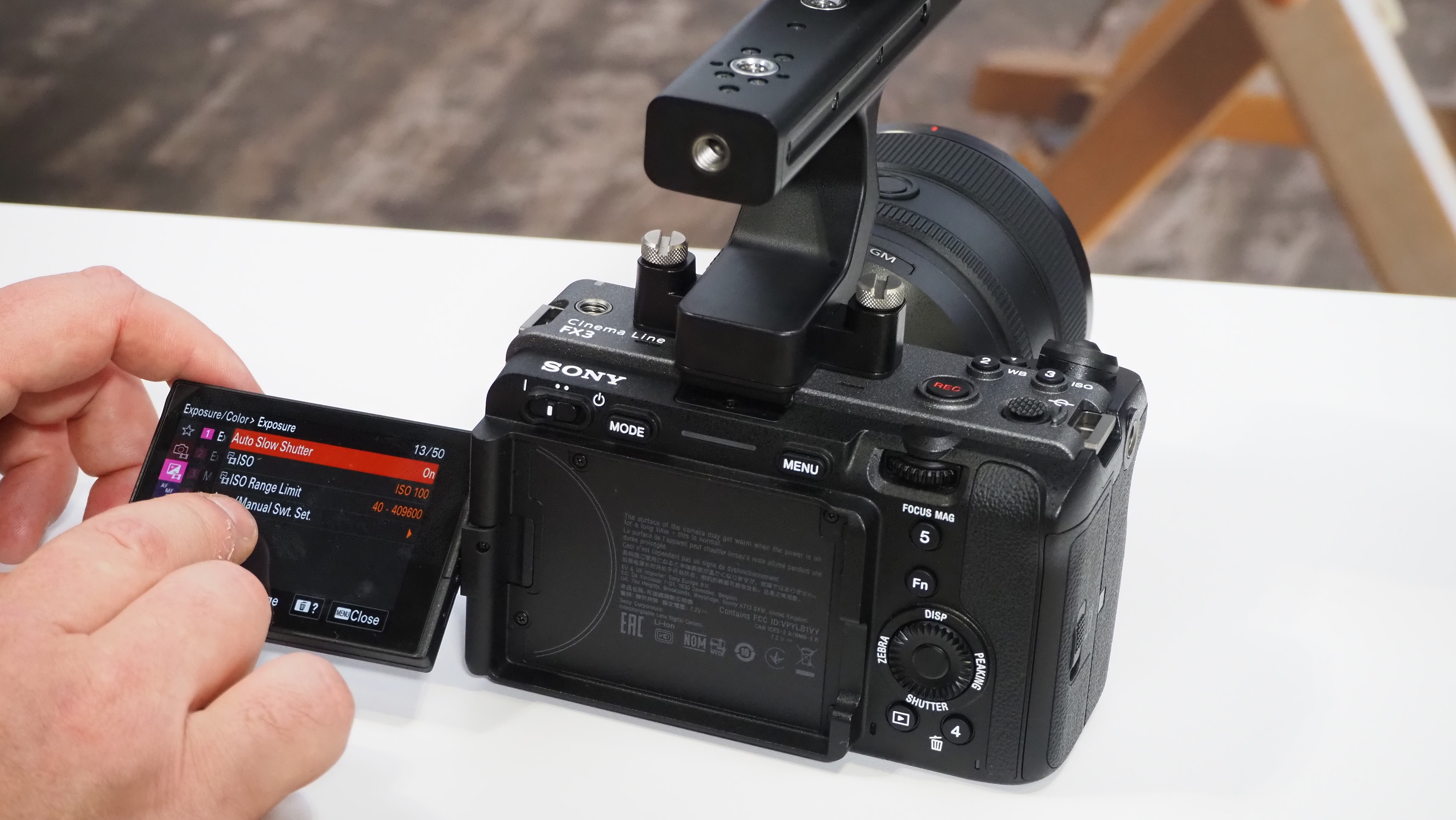
The key features of the Sony FX3 are its full frame 12MP CMOS sensor, shared with the A7S III below it and the FX3 above. Even the resolution and frame rates are the same, with all three cameras offering 4K UHD capture up to 120p and FHD at up to 240p.
But the FX3 does have a series of features to set it apart from the outwardly similar A7S III.
The first is a top-mounted handle, included with the camera, that also houses two XLR microphone sockets. This houses two standard 1/4-inch mounting points and there are five more on the body itself.
The FX3 does not have a viewfinder, unlike the A7S III, but it does have a silent internal fan for active cooling. Indeed, Sony claimed unlimited recording times for 4K 60p capture (though it does not mention 4K 120p)
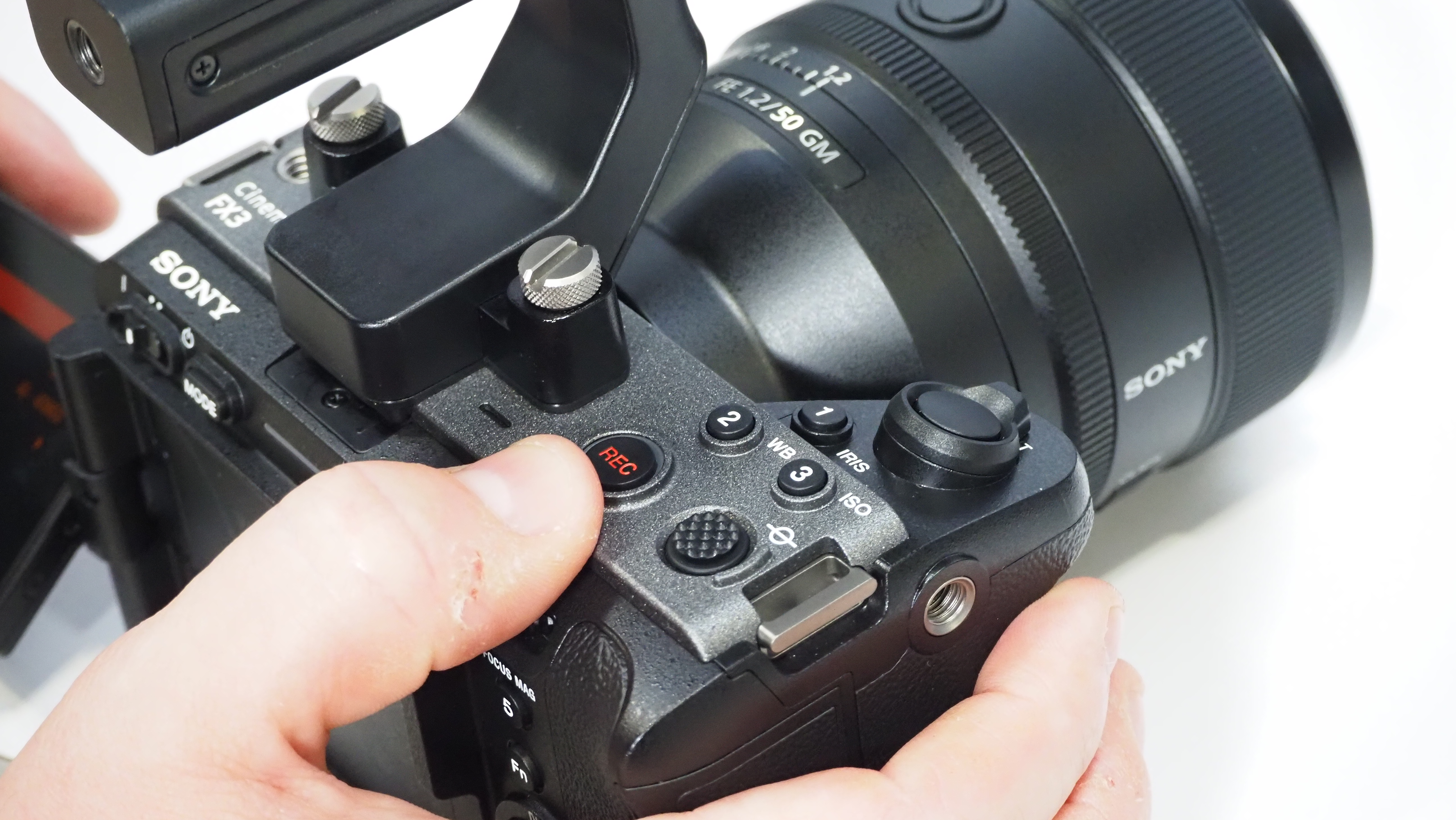
The FX3 has tally lamps front and rear to indicate to both the operator and the subject when it’s recording, and the record button on the top lights up too.
It has the S-Cinetone look offered across Sony’s Cinema line, a Type A (the largest) HDMI port for 16-bit external recording and it also offers proxy recording in FHD or HD for filmmakers who don’t have the hardware or resources for 4K editing.
The FX3 might look like a mirrorless camera, but it behaves more like a cinema camera. It doesn’t stretch to built-in ND filters, but it ticks a lot of the other boxes that high-end filmmakers might be looking for.
Build and handling
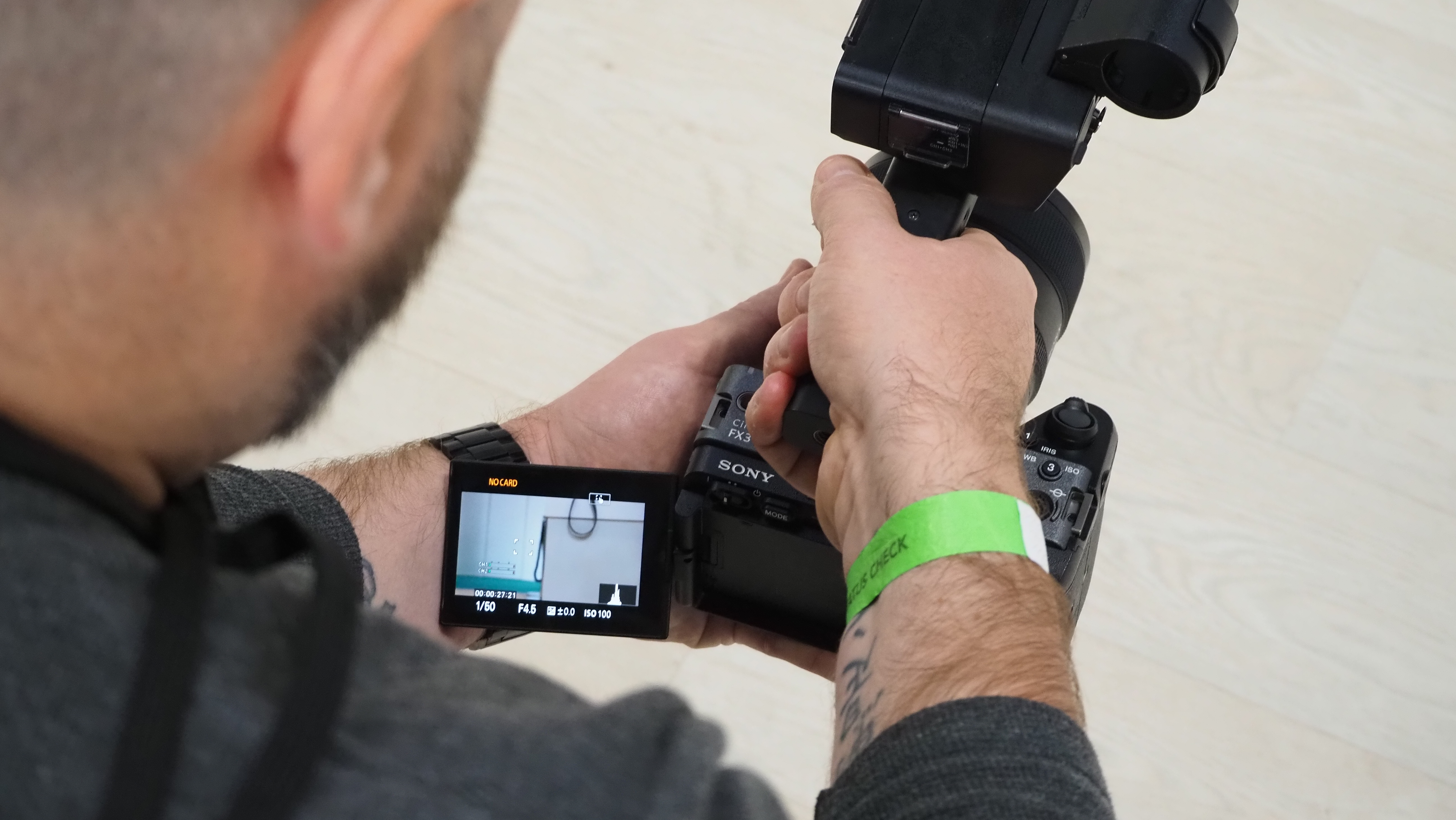
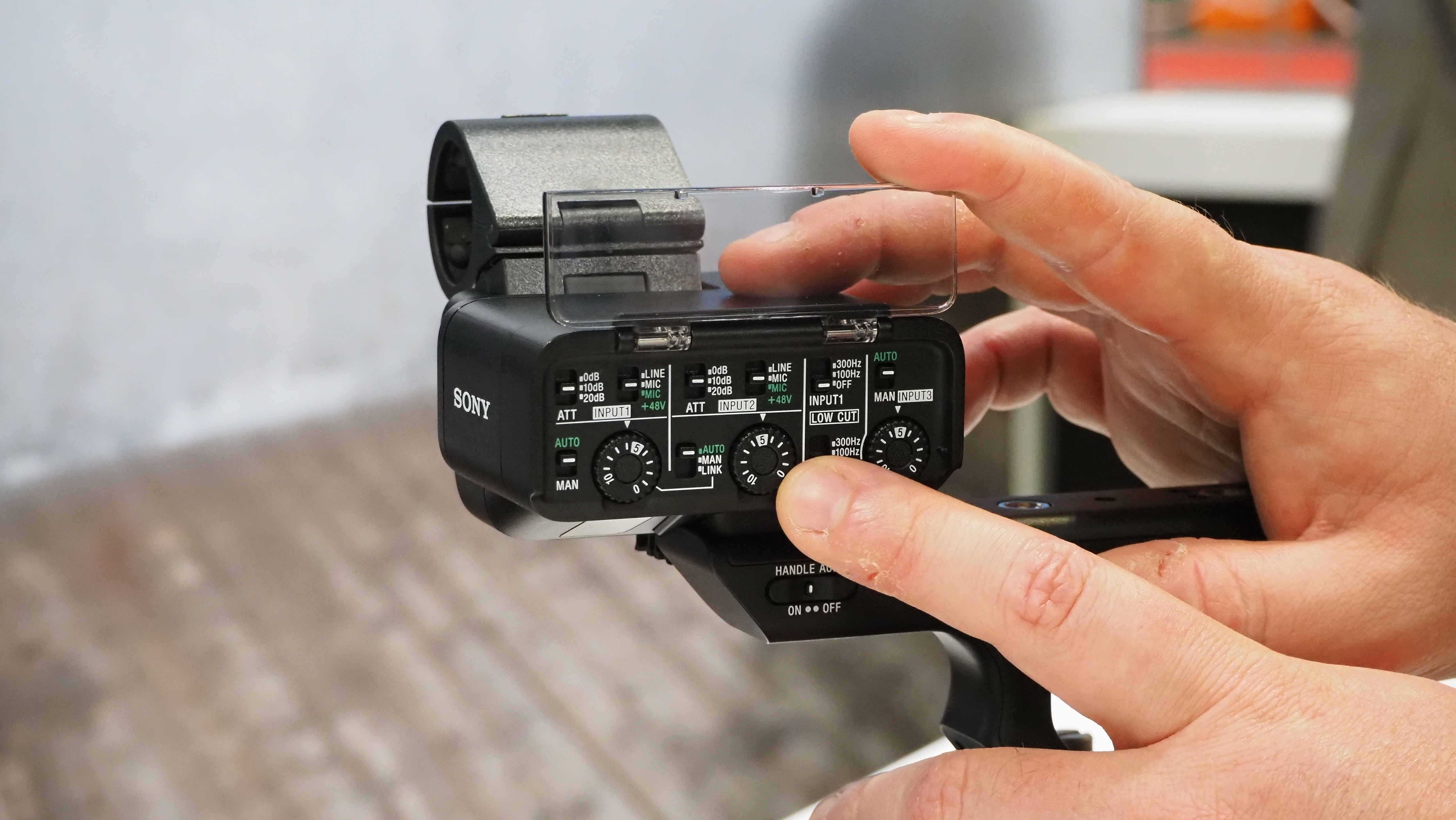
In photographs, the FX3 doesn’t look so very different from Sony’s regular Alpha mirrorless cameras, but in the flesh the differences are obvious. It’s a much thicker camera, no doubt because of the space taken by the active cooling system, and while it does look and feel like a regular Alpha without the grip attached, its handling is transformed when you bolt it on.
If we have a complaint, it’s the 3-inch screen on the back. That’s pretty small, especially when it crops to a 16:9 view for filming. We’ve got used to 3.2-inch screens on most other cameras, and if Fujifilm can fit a 3.5-inch vari-angle screen to its entry level XA-7 and X-T200 cameras, why can’t Sony fit a bigger screen to this $4,000 cinema camera?
Will you miss the viewfinder? Probably not. There can’t be many videographers who prefer an EVF to a fold-out screen, and the mounting points on the body make it simpler to attach an external monitor.
Performance
We can’t comment on the FX3’s performance because we didn’t get the chance to try out out anywhere but on the Sony stand at The Photography Show, but if the A7S III is anything to go by, it’s like to have stellar autofocus, face and eye tracking, and its 4K video is going to be of the highest quality.
Like the A7S III, the FX3 has in-body stabilisation. It’s perhaps not the best in the full frame market, but in combination with the handle we’re hoping it will prove pretty effective at run and gun shooting.
Early verdict
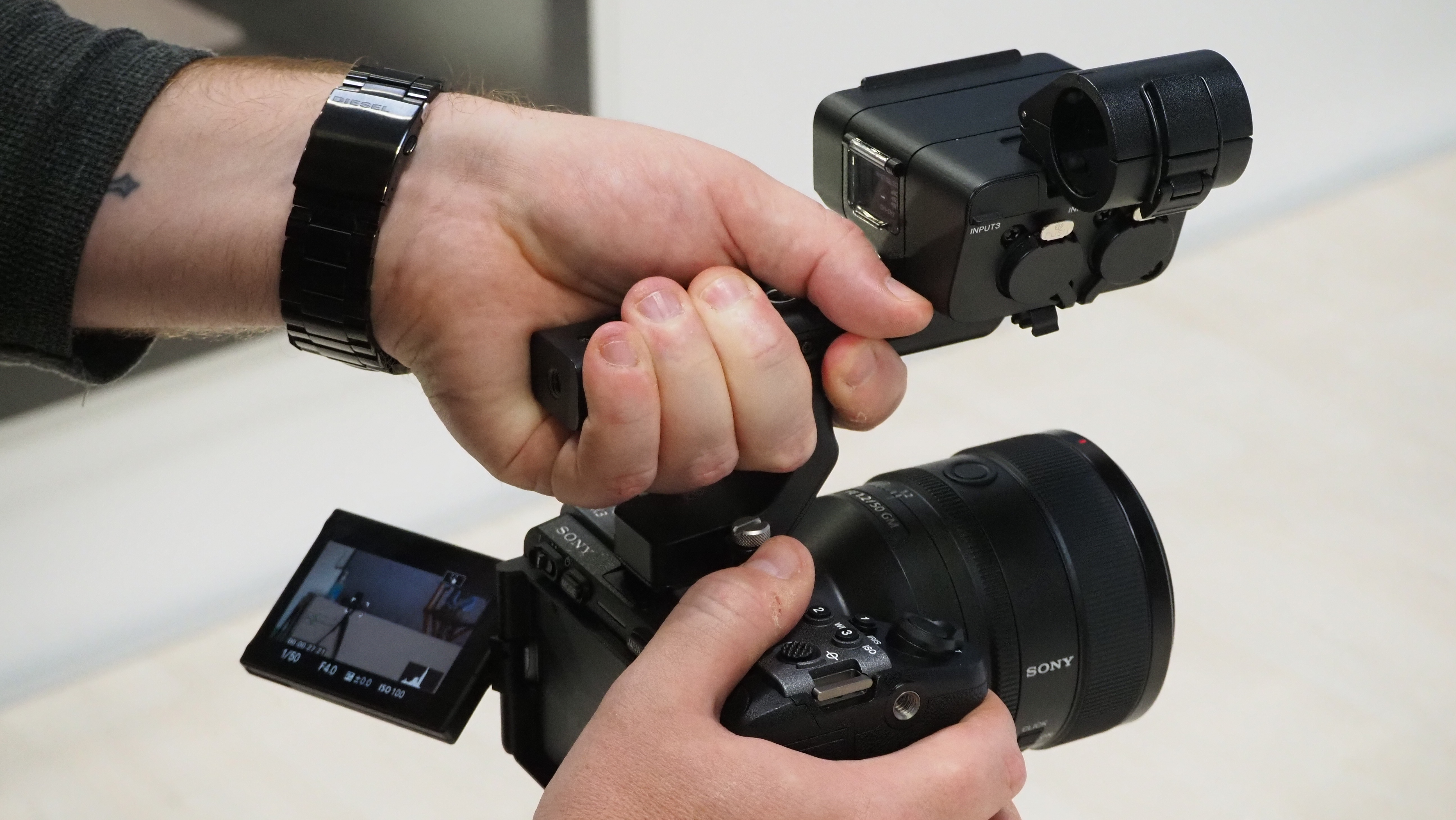
When it first came out, we wondered if the FX3 was trying to fill a gap that wasn’t there. However, after comparing the features and specifications and handling the camera in real life, we’re wondering if it’s the A7S III that’s out of place.
For videographers contemplating the move from a mirrorless camera to a cinema camera, it’s always looked like a big step. Cinema cameras are utterly different in features, handling, jargon, connections… and price. The FX3, however, bridges that gap rather nicely. It blends the familiarity of a mirrorless camera body with some of the key features of cinema cameras in a way we haven’t really seen before from Sony.
It’s not the only camera to do this, though. The Sigma fp and fp L take a similar approach (though they don’t really have the FX3’s horsepower), while the Panasonic BGH1 ‘box’ camera offers an interesting upgrade path for Lumix GH5/GH5S shooters.
Read more:
• Best Sony cameras
• Best 4K cameras for video
• Best cinema cameras
• Best vlogging cameras
• Sony A7S III review

Rod is an independent photography journalist and editor, and a long-standing Digital Camera World contributor, having previously worked as DCW's Group Reviews editor. Before that he has been technique editor on N-Photo, Head of Testing for the photography division and Camera Channel editor on TechRadar, as well as contributing to many other publications. He has been writing about photography technique, photo editing and digital cameras since they first appeared, and before that began his career writing about film photography. He has used and reviewed practically every interchangeable lens camera launched in the past 20 years, from entry-level DSLRs to medium format cameras, together with lenses, tripods, gimbals, light meters, camera bags and more. Rod has his own camera gear blog at fotovolo.com but also writes about photo-editing applications and techniques at lifeafterphotoshop.com
